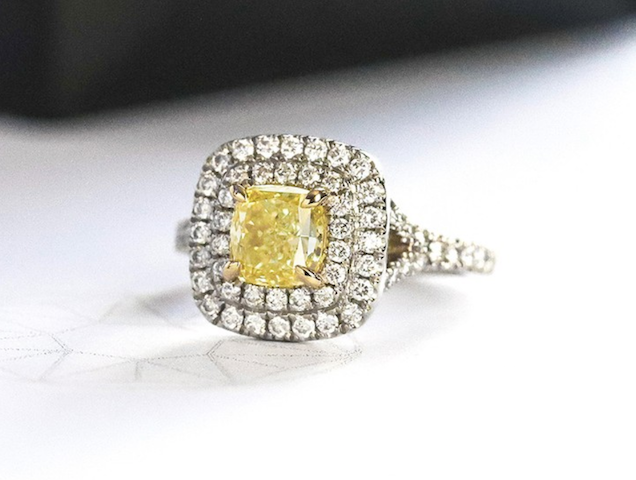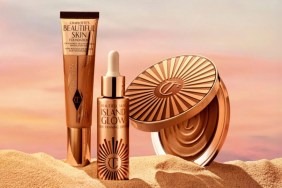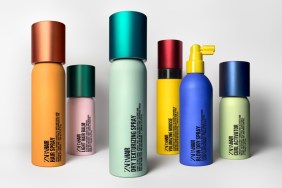When it comes to almost anything in life, real trumps fake. But does that include diamonds, which, in some cases, are unethically produced and reportedly inflated in price? Perhaps not. While you probably don’t know many women who would admit to sporting faux bling, lab-grown diamonds are becoming increasingly popular. Significantly more affordable than traditional diamonds, they were even used in this year’s $1 million Victoria’s Secret Fantasy Bra.
https://www.instagram.com/p/Bp0EoB3hjQV
But what is a lab-grown diamond? “It’s a diamond grown in highly controlled laboratory environments using advanced technological processes that mimic the conditions in which diamonds develop in the Earth’s crust,” says Beth Gerstein, CEO and co-founder of Brilliant Earth. “Lab diamonds are made from actual carbon atoms arranged in the characteristic diamond crystal structure and since they are made of the same material as natural diamonds, they have the same physical, chemical and optical properties and exhibit the same fire, sparkle and scintillation as a natural diamond.”
Anyone who has ever gone diamond shopping knows that it can be impossibly complicated. Two diamonds with the exact same grading, for example, can look totally different. Since the diamonds grown in laboratory conditions recreate the natural conditions where carbon crystallizes into diamonds, it stands to reason that they are similarly graded.
“The same imperfections … will be seen in lab-grown diamonds as well as naturally mined diamonds,” says Vadim Weinig, co-founder of 77 Diamonds. Weinig goes on to explain that lab-grown diamonds are graded using the same criteria (the 4Cs) by the independent gemological laboratories, which also grade naturally mined diamonds.
In short, you wouldn’t be able to tell with the naked eye whether a rock is natural or lab-grown. Why the price difference? According to Weinig, even though the quality is determined in the same way for both, the length of time to create them and their potential rarity is where the main differences come from and thus, their respective prices.
And boy is there a price difference!
A colorless lab-grown diamond will typically be 30 to 50 percent cheaper than a naturally mined diamond, even if they are exactly the same quality, according to Weinig. The difference in price between fancy, colored lab-grown diamonds and mined diamonds can be far greater, however. Fittingly, while lab-grown diamonds are popular in a myriad of jewelry pieces, Weinig notes that when it comes to engagement rings, naturally mined diamonds are holding their own.
“The engagement ring marks an important and timeless event in a couple’s life, which is best symbolized by a naturally mined diamond that has formed over millions of years rather than one that was formed over a few weeks,” he said.
As for the ethical component, we can be assured that lab-grown diamonds are 100 percent conflict-free. Weinig points out that the industry has made significant improvements in this issue over the last decade and is moving toward even more transparency with attempts at several levels to trace the journey of each diamond back to its point of origin.
[ Next: The 28 Best Etsy Jewelry Shops Right Now ]








